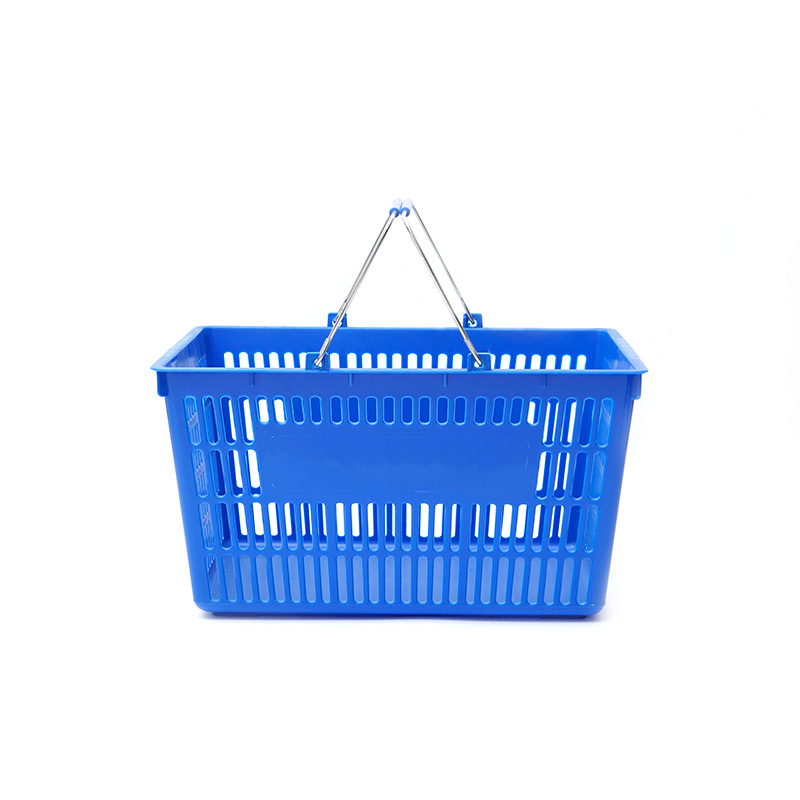Designing plastic shopping baskets and carts for retail environments requires careful consideration of various factors to ensure functionality, aesthetics, and durability. Here are key design considerations:
Capacity and Size:
Determine the appropriate size and capacity based on the types of products commonly purchased in the retail setting.
Consider space constraints within the store, including aisle width and storage areas for baskets/carts.
Ergonomics:
Prioritize user comfort and convenience by designing handles that are easy to grip and maneuver.
Ensure that the overall design minimizes strain on the user, especially during prolonged use.
Durability and Material Selection:
Choose high-quality, durable plastics that can withstand the wear and tear of daily use.
Consider factors such as impact resistance, load-bearing capacity, and resistance to environmental conditions.
Weight Distribution:
Distribute the weight of the basket/cart evenly to prevent tipping or instability when loaded with products.
Ensure that the design accounts for different weight distributions based on the shape and arrangement of items.
Nesting and Stacking:
Design baskets/carts to nest efficiently when empty, optimizing storage space in the store and during transportation.
Consider stackability for carts to facilitate easy storage and retrieval.
Maneuverability:
Ensure smooth and easy maneuverability, both for individual users pushing or pulling baskets and for store employees collecting and organizing them.
Consider features such as swiveling wheels and ease of turning.
Cleanliness and Maintenance:
Design surfaces that are easy to clean and disinfect to maintain hygiene standards.
Consider removable components or features that facilitate cleaning between uses.
Branding and Customization:
Provide options for branding to allow retailers to customize baskets/carts with logos or colors.
Consider the visual appeal of the design, as it contributes to the overall aesthetics of the retail environment.
Security Features:
Integrate features such as anti-theft mechanisms or locking systems to prevent theft of items.
Consider the placement of security devices without compromising user convenience.
Accessibility:
Design baskets/carts that are accessible to a wide range of users, including those with mobility challenges.
Consider the height of handles, ease of access for loading and unloading, and the overall user-friendly design.
Environmental Considerations:
Explore environmentally friendly materials and manufacturing processes to align with sustainability goals.
Consider the recyclability of the materials used in the design.
Regulatory Compliance:
Ensure that the design complies with relevant safety and quality standards for shopping baskets/carts.
Stay informed about industry regulations and updates to adapt designs accordingly.
Cost Efficiency:
Balance design features with cost considerations to provide an affordable yet functional product.
Consider the lifecycle costs, including maintenance and replacement expenses.
By addressing these key considerations, designers can create plastic shopping baskets and carts that meet the specific needs of retail environments, enhancing the overall shopping experience for customers and improving operational efficiency for retailers.




 English
English Español
Español


















